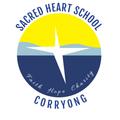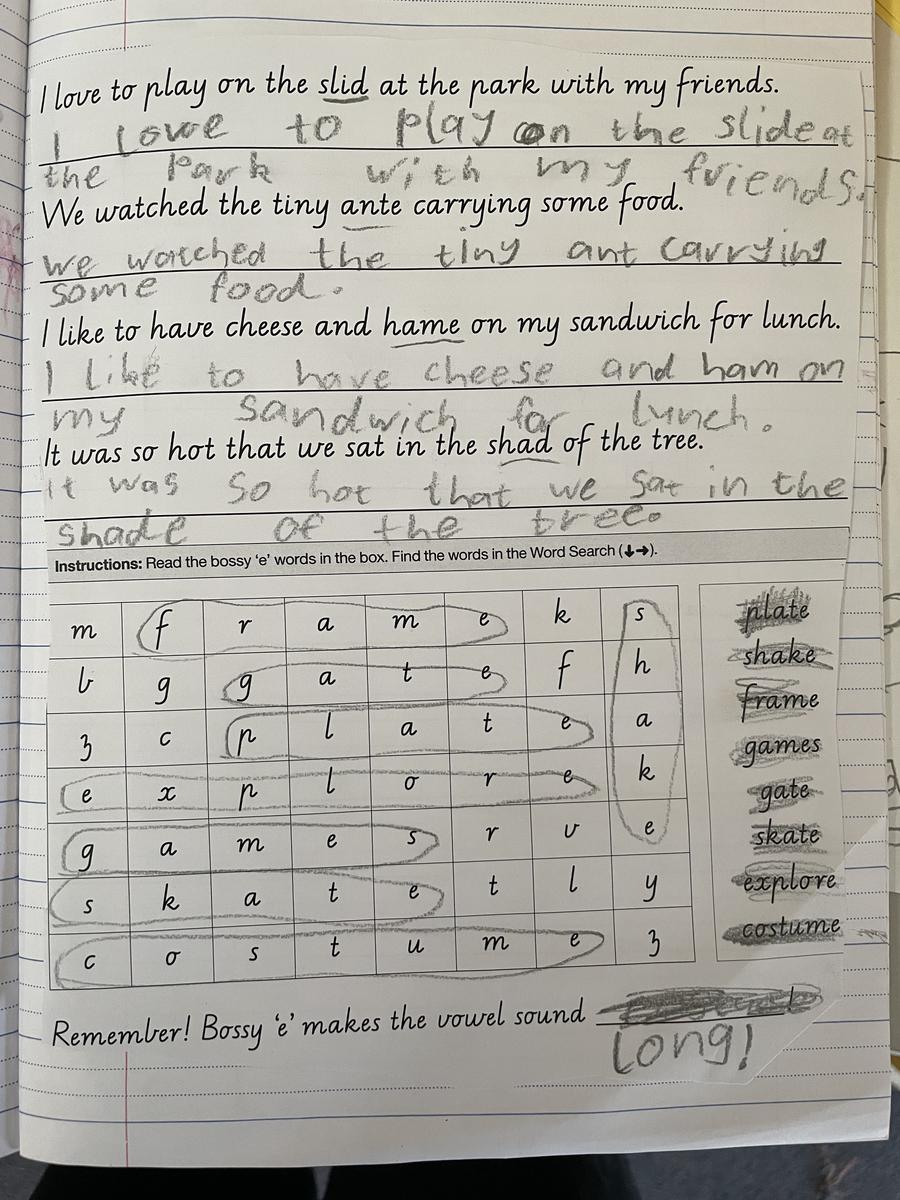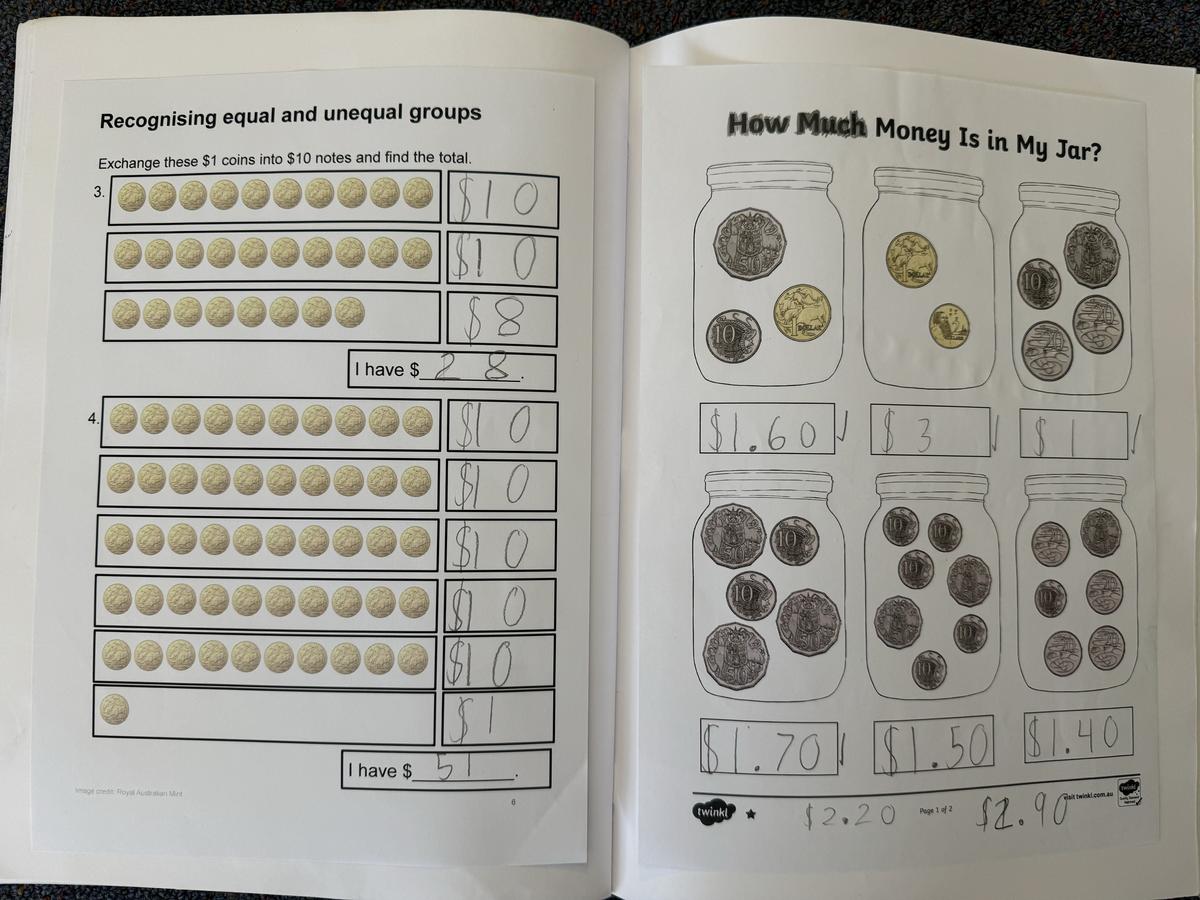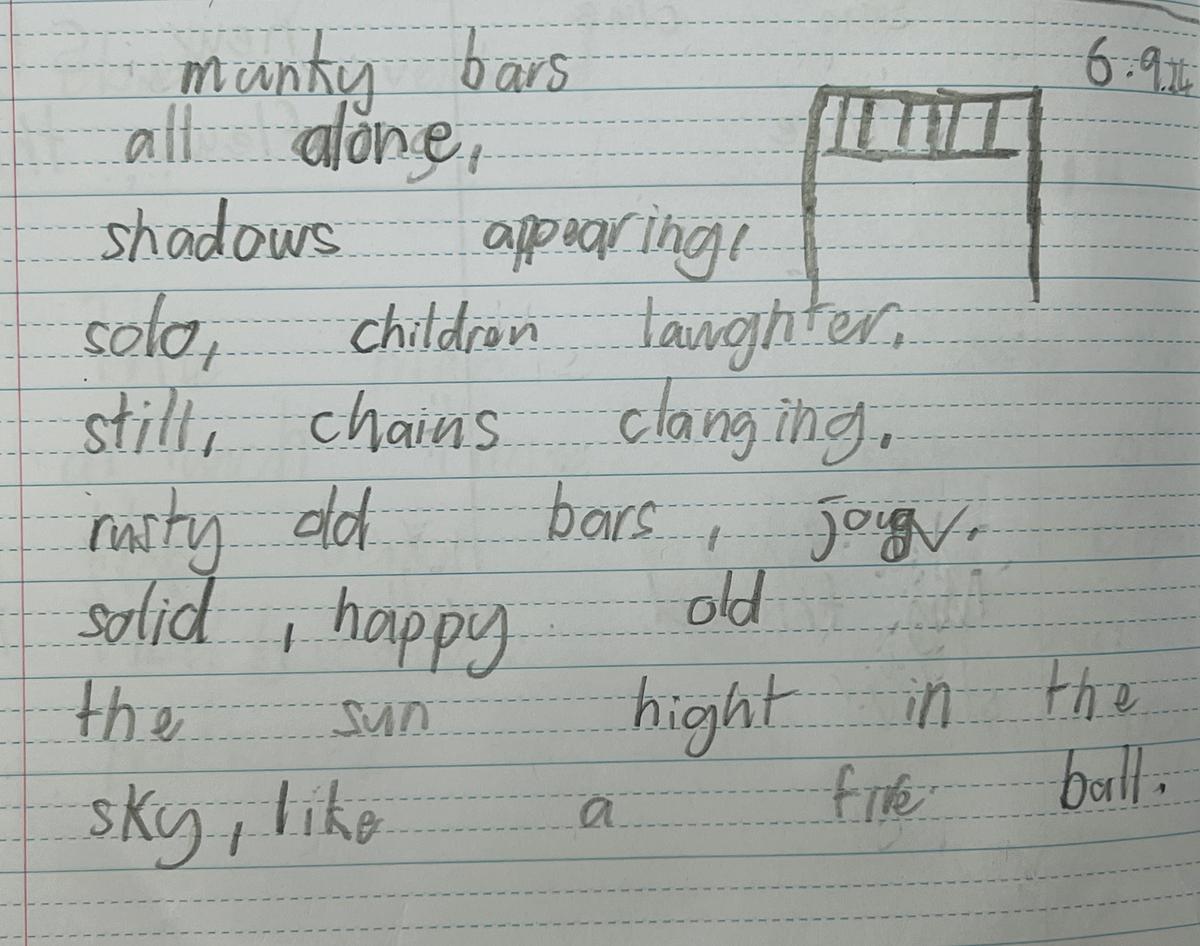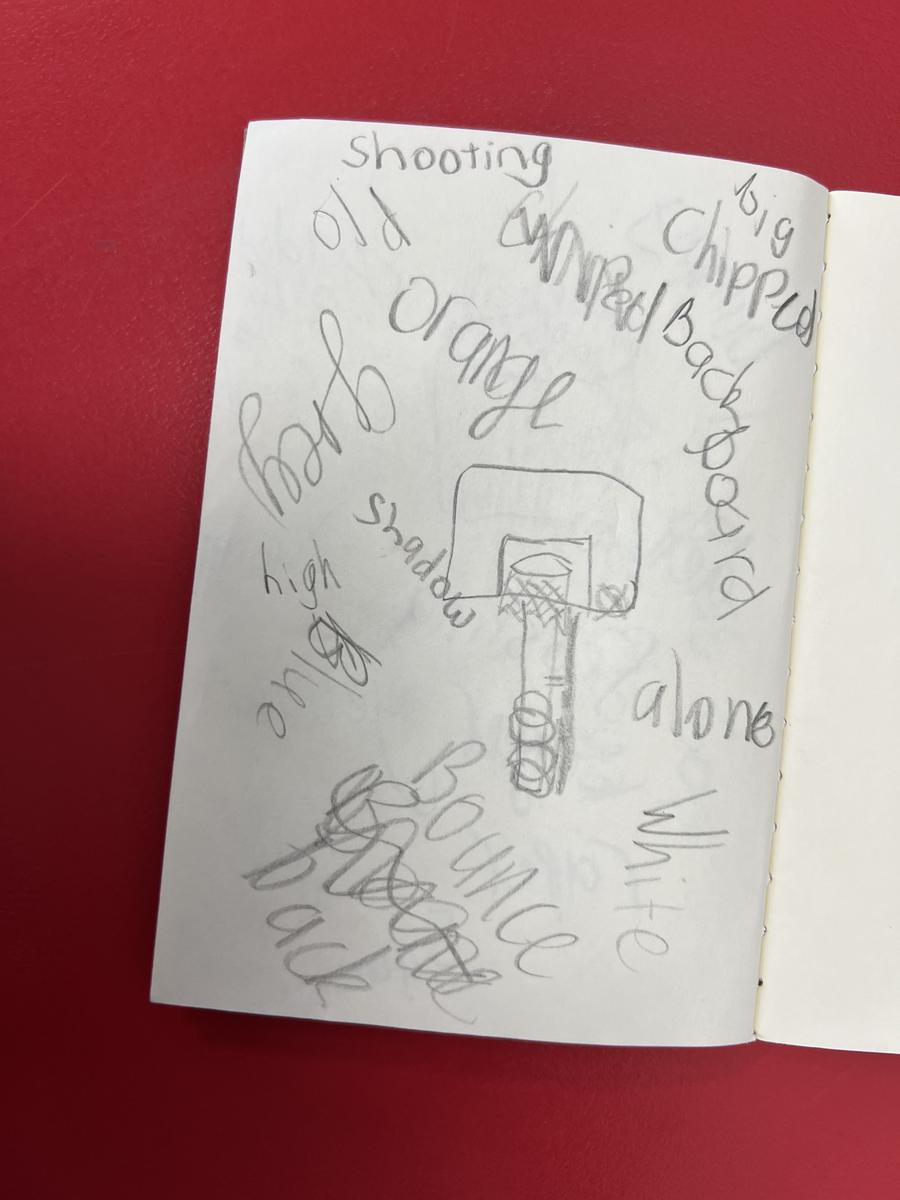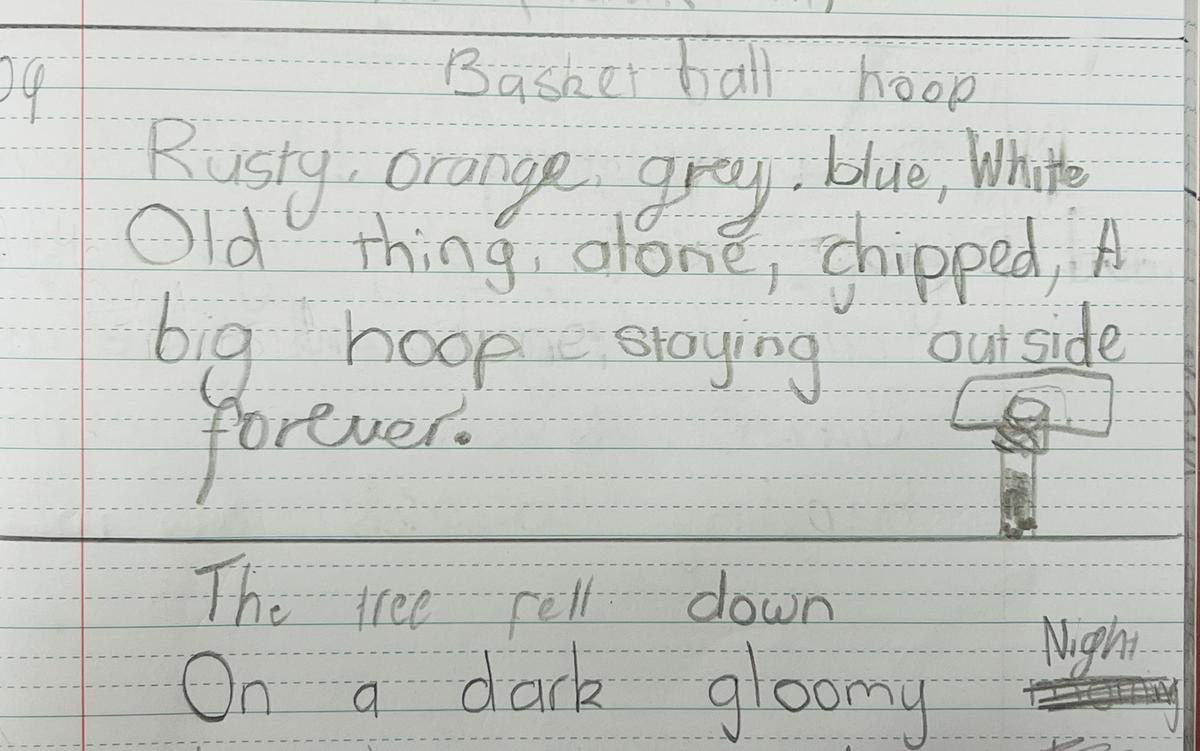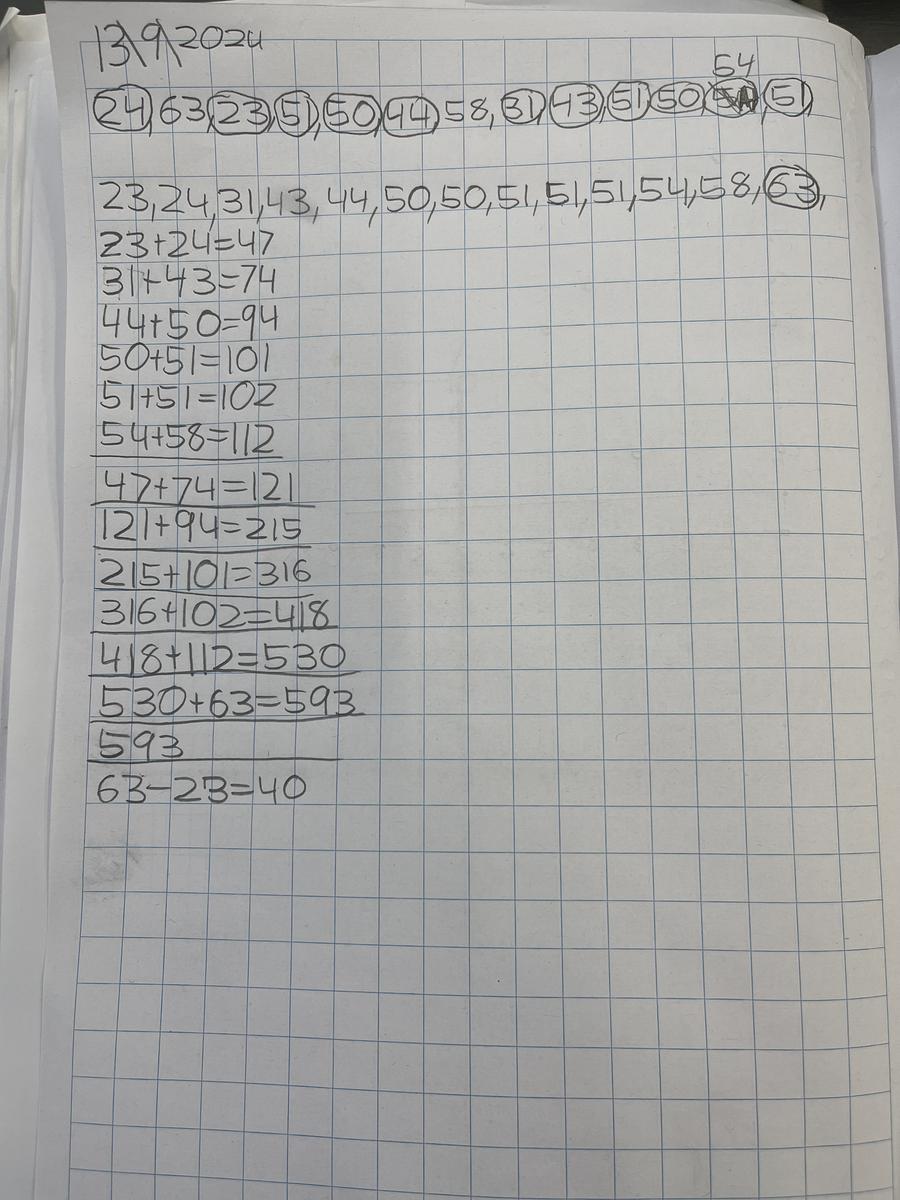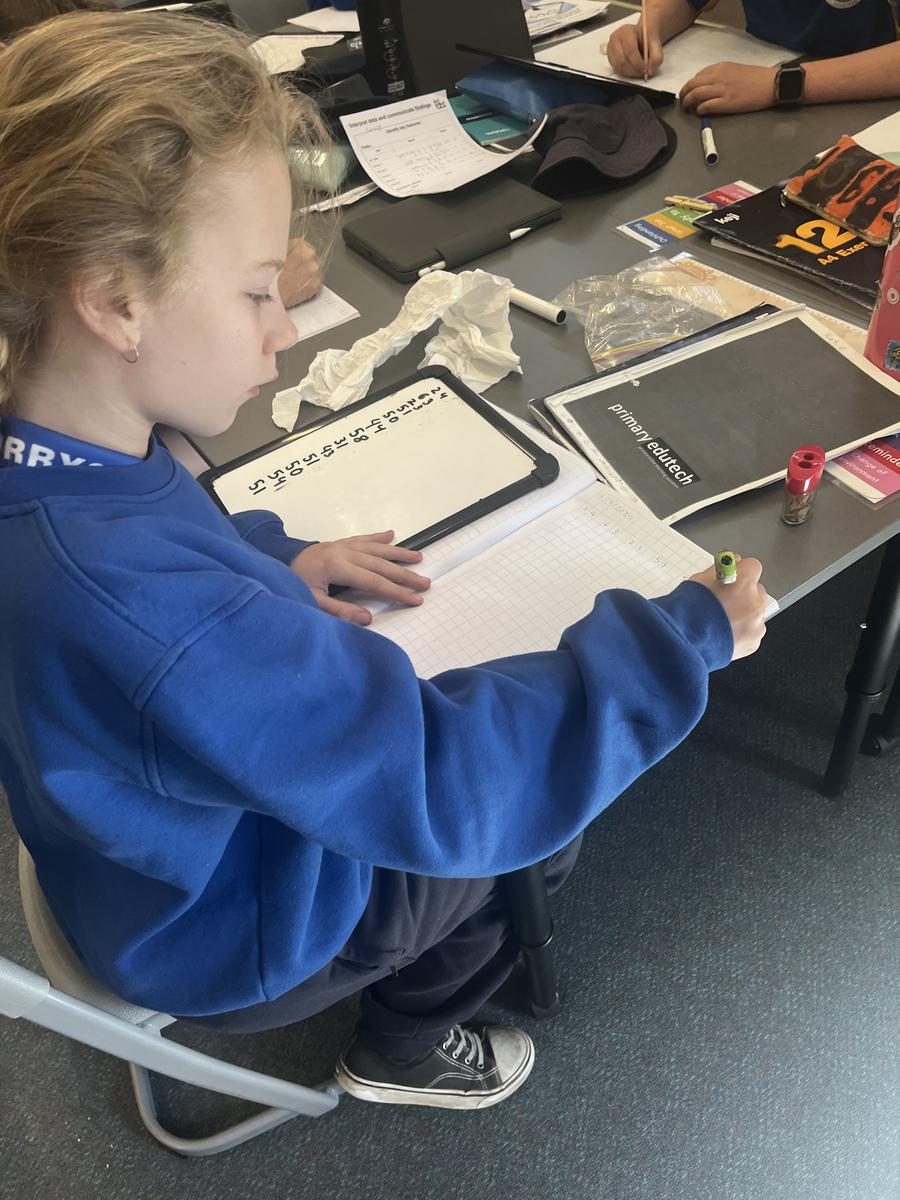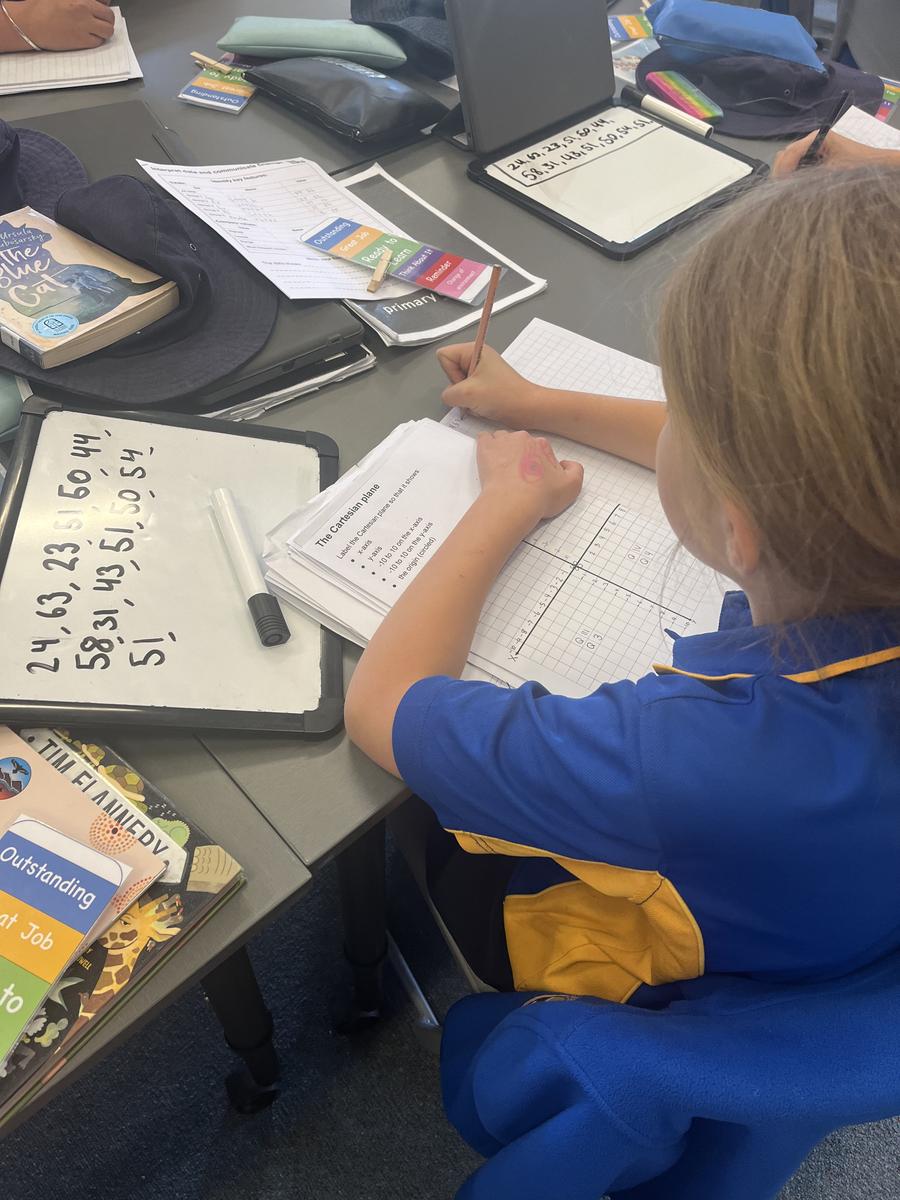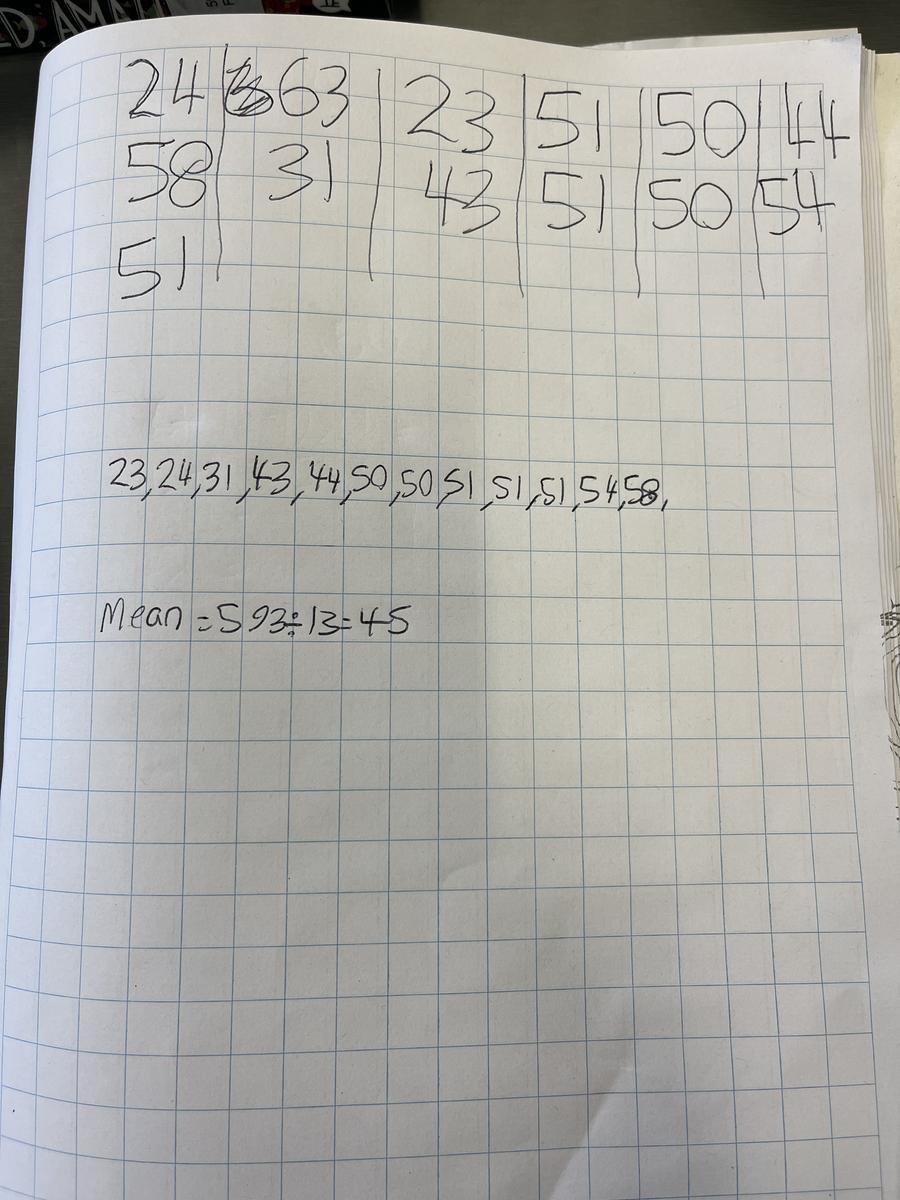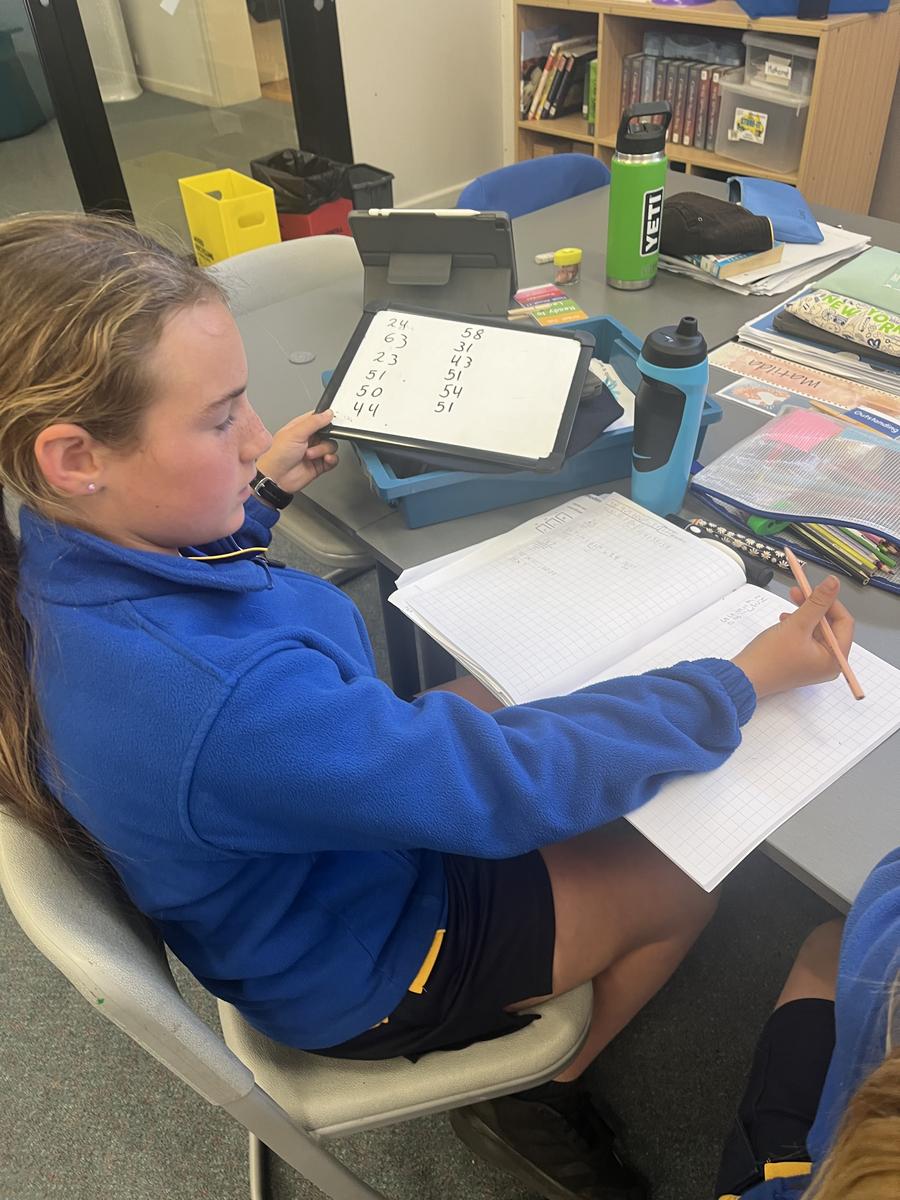Classroom Happenings

FOUNDATION/YEAR 1
In Literacy, Foundation and Year 1 students have continued to learn about sounds.
The Foundation students have now learnt the most common sound for each letter in the alphabet and have begun their learning about common digraphs (two letters that make one sound).
They have been writing words and sentences with the sounds that they know, making sure that they start their sentences with a capital letter, end with a full stop and put finger spaces between their words.
Year 1 students have been learning about more complex digraphs and spelling patterns. They have been learning about the bossy 'e' and how it makes the vowel sound long and working on writing words with long vowel sounds using the appropriate spelling patterns.
Foundation and Year 1 students went to the Corryong Library during book week to watch a performance from The Flying Bookworm. This inspired us to learn all about fairytales and the common features and structures that fairytales have.
We spent some time acting out a range of fairytales just like the performance that we watched.
Below is work by Olivia P (Foundation) and Paige W (Grade 1)
In Mathematics, Foundation and Year 1 students have been learning about all things money. They can identify the value of each coin, place the coins in order of their value and identify the difference between dollars and cents. We explored coins from different countries, spoke about which coins are worth more and played a game of shops. Year 1 students began adding coins together and experimenting with making different values with a range of coins.
Below is some great work by Anna, one of our Grade 1 students.
YEAR 2/3/4
For the past few weeks, 2/3/4 have been diving deep into the world of finance through our very own class shop. Students are learning effective strategies to count coins, calculate change, and manage their bank books.
But it’s not all about numbers! The excitement extends beyond calculations.
Students 'earn' MND (Mrs. Nagy Dollars) to purchase fun items from Mrs. Nagy’s Shop. They have thoroughly enjoyed this hands-on experience, which has encouraged a sense of responsibility and highlighted the importance of saving for ‘big ticket’ items.
In Literacy, we’ve been honing our storytelling skills. Our focus has been on writing descriptive sentences and using elaboration to add rich details. Some examples:
"It was a stormy night. The wind was blowing. All of a sudden, thunder and lightning struck the tree. That was the last time we saw that tree standing." Billy
"The clouds rolled across the dark angry sky. Lightning slashed across the sky. The bones of the trees rattled." Tyler
"Stormy black clouds appeared. The sky was growling at the ground. Sirens went off, a tornado was heading towards me." Charlie P
We’ve also been taking moments to go outside with a journal for 'Quickwrites.' We jot down observations of everyday objects using our senses to enhance our descriptions. We even created some poetry!
YEAR 5/6
Year 5/6 have been working on chance activities for the past few weeks. We have been learning about the probability of events occurring and delving into more complex components of chance. This has seen us look at converting the probability of events into Fractions, Decimals and Percentages.
We have also been looking at some rich learning tasks based on Data that is made or provided from a chance event. We have engaged in lots of hands-on learning individually, in pairs and as groups. This week has seen a big focus on comprehending data sets. This is a collection of data gathered in numbers from a particular event. For example, the favourite colours of the students in the school.
We have been learning to interpret the data using the Median, Mode, Mean and Range of various data sets. The median refers to the middle point of the data set when it is organised from lowest to highest. The Mode is the most common occurring number of the data set. The mean refers to the average of the data set and is calculated by adding all the numbers together and dividing them by the number of values in the set. The Range refers to the difference between the highest and lowest numbers. This is calculated by subtracting the smallest number from the highest number.
The students have really enjoyed the hands-on learning in this unit of Maths. We hope that they come home and share some of their new learnings with you!
